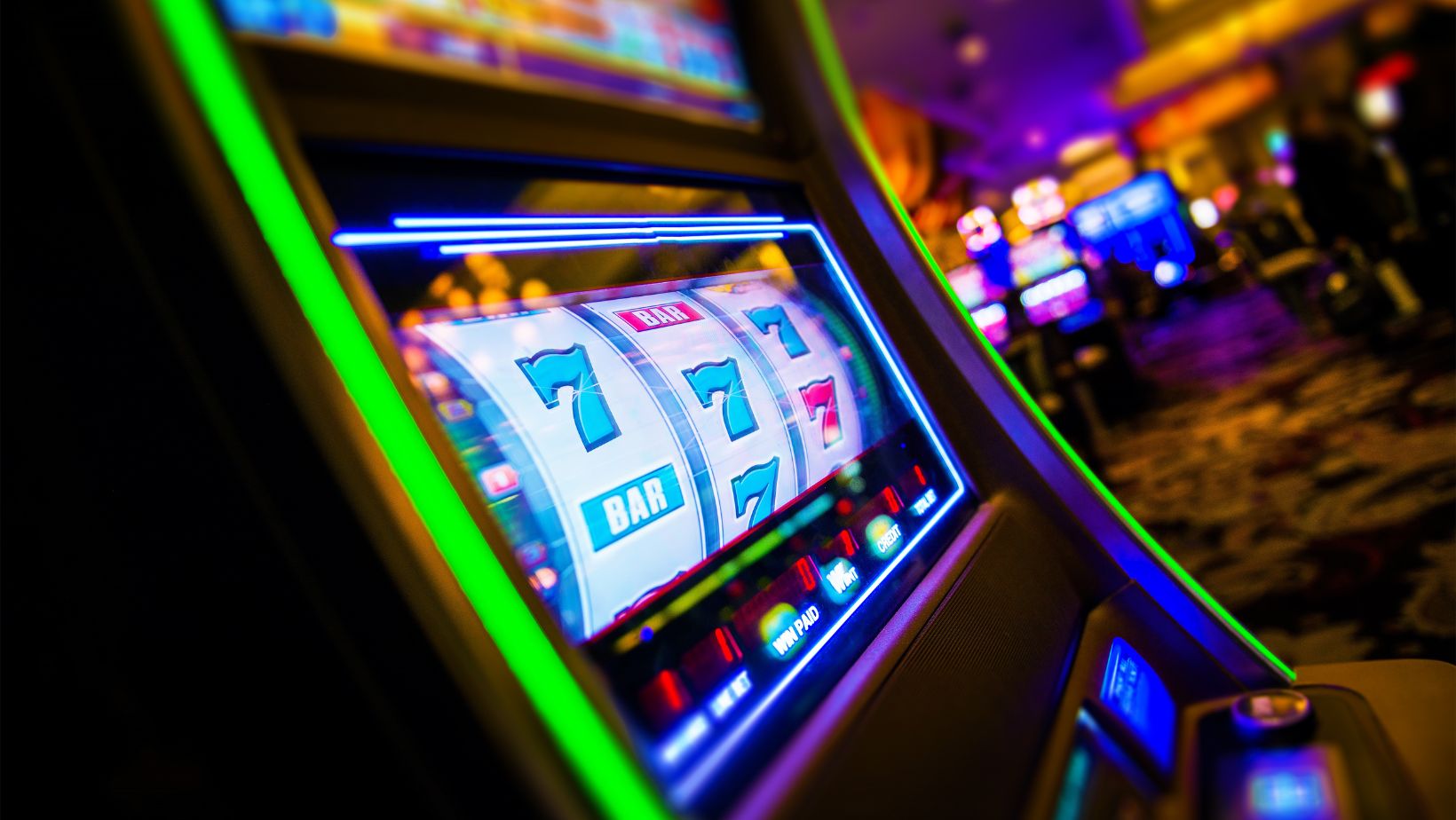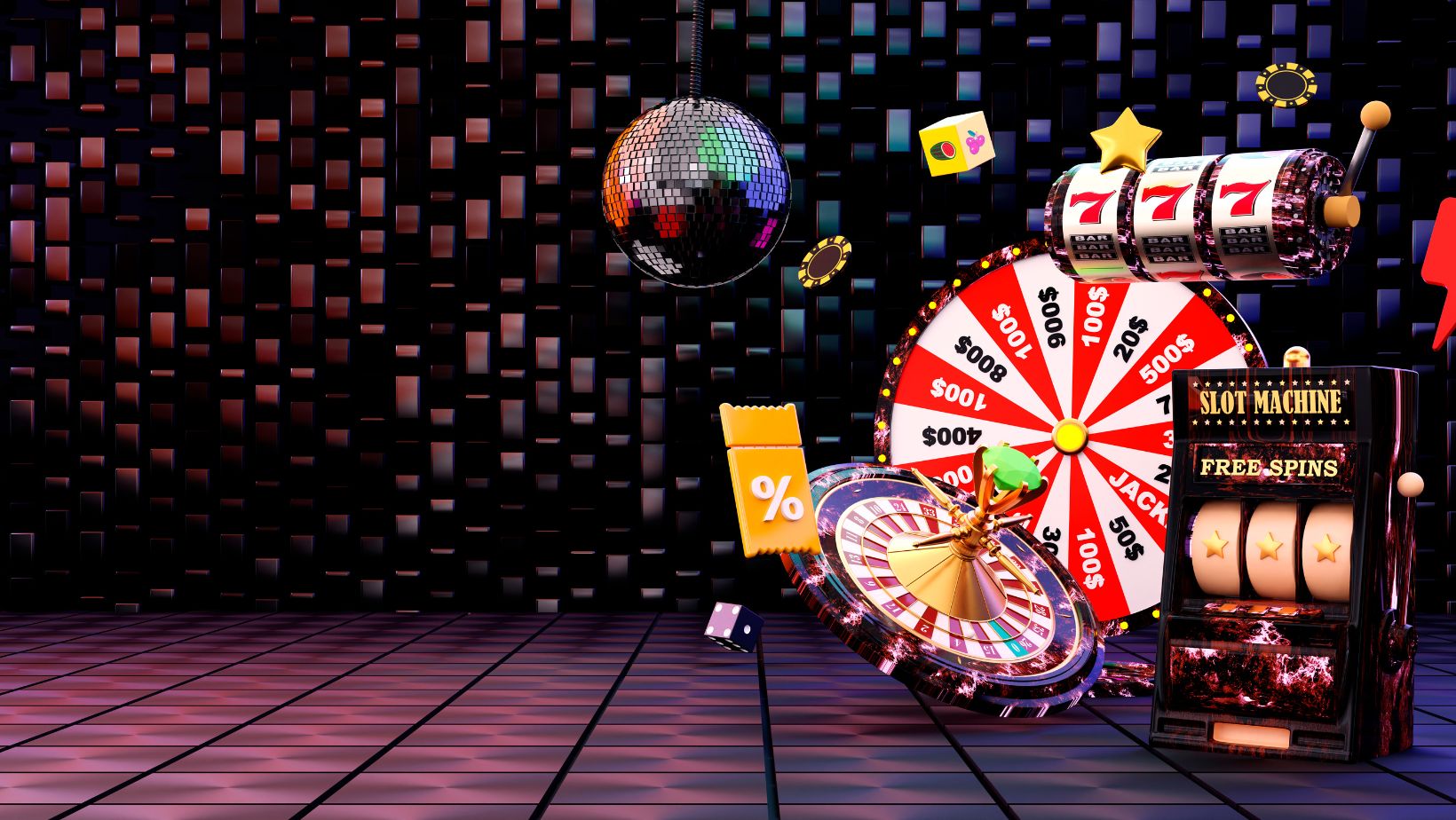As an expert in the world of gambling, I, Milan Rabszski, have seen firsthand how popular slot machines have become in casinos across the globe. With their bright lights, exciting gameplay, and the allure of big wins, they’re a favorite for many players, whether they’re seasoned gamblers or newcomers. However, what many players don’t realize is that understanding the odds of winning is crucial if you want to play smart and manage your expectations. The odds determine how often you can expect to win and the size of your potential payouts, which can significantly affect your experience. In this article, I’ll break down how slot machine odds work, explaining key concepts like RTP, volatility, and RNGs, so you can approach your game with a clearer understanding of your chances. Whether you’re playing on high-stakes machines or enjoying a casual round of slots for just 10 grosh, knowing the odds is key to making informed decisions. I’ve created for you a guide to help navigate the world of slots, so you can enjoy the thrill of the game without unnecessary risk.
What Are the “Odds of Winning” on a Slot Machine?
The “odds of winning” on a slot machine represent the statistical likelihood of achieving a winning combination with each spin. These odds are influenced by various factors, such as the number of symbols on the reels, the paylines, and the machine’s payout structure. At the core of determining these odds lies the Random Number Generator (RNG), a sophisticated algorithm that continuously generates thousands of random number sequences every second, even when no one is playing. For example, if a machine has 5 reels with 10 symbols on each, the RNG calculates the possible outcomes from over 100,000 combinations. This ensures that each spin is entirely independent, meaning the result of one spin has no connection to the results of previous or future spins.
Unlike games like blackjack, where strategy can slightly influence outcomes, slot machines rely solely on chance, making it impossible to predict or manipulate results. For instance, a player might think a machine that hasn’t paid out in hours is “overdue” for a win, but the RNG ensures that no such patterns exist. Every spin has the same odds of winning as the one before, regardless of whether the machine just hit a jackpot or hasn’t paid out in days. This built-in randomness is what makes slot machines both unpredictable and exciting, but it also underscores the importance of playing responsibly, knowing that luck is the only factor at play.
Key Factors That Influence the Odds of Winning
RTP (Return to Player) is a crucial metric that represents the average percentage of wagered money a slot machine returns to players over time. For example, a slot with an RTP of 96% means that, on average, for every $100 wagered, the machine will pay out $96 over the long run. However, this is calculated over millions of spins and doesn’t apply to individual sessions. Higher RTP slots, generally ranging between 94% and 98%, offer better chances of returning money to players over time, making them popular for players focused on maximizing their value.
Slot Volatility further impacts a player’s experience by influencing how frequently and how much the machine pays out. Here’s a breakdown of the key differences between high, medium, and low volatility slots, along with their typical RTP percentages:
|
Volatility |
Frequency of Wins |
Size of Wins |
RTP (%) |
Example Slot |
|
High Volatility |
Infrequent |
Large, sometimes progressive |
85%–92% |
Mega Moolah, Book of Dead |
|
Medium Volatility |
Moderate |
Moderate-sized wins |
92%–96% |
Starburst, Twin Spin |
|
Low Volatility |
Frequent |
Smaller, consistent payouts |
96%–98% |
Blood Suckers, Dolphin’s Pearl |
High-volatility slots, such as Mega Moolah, pay out less frequently, but the potential for massive wins, particularly with progressive jackpots, is high. These slots tend to have RTPs around 85% to 92%, reflecting their risk-reward balance. Medium-volatility slots like Starburst offer more regular payouts, with RTPs typically between 92% and 96%. Low-volatility slots like Blood Suckers offer frequent, smaller payouts and are known for having higher RTPs, typically ranging from 96% to 98%. These slots appeal to players seeking steady, smaller wins with less risk.
Finally, Paylines and Payout Tables are essential for evaluating a slot’s overall winning potential. Paylines are the lines on which winning symbol combinations must appear to trigger a payout, and slots can have anywhere from a single payline to hundreds of paylines. For example, a traditional 3-reel slot like Single Bar 7’s may have just one payline, while modern video slots like Gonzo’s Quest offer 20, 30, or even more paylines, allowing for numerous opportunities to win.
Understanding how many paylines a slot has and how to activate them can impact your betting strategy. Multi-payline slots often require higher bets to activate all paylines, which increases the cost per spin but also gives more opportunities to win. The payout table shows how much players can win for different symbol combinations and helps them understand the value of each symbol. For example, a Wild symbol might substitute for other symbols to complete winning lines, increasing the chances of a win. By reviewing the payline structure and payout table before playing, players can make informed decisions about which machines align with their budget and desired outcomes. Understanding these components is key to optimizing the chances of winning on any given slot machine.
How Casinos Set Slot Machine Odds
The odds of winning on a slot machine are primarily determined by the software behind the game. Modern slot machines use Random Number Generators (RNGs), which are algorithms that produce random outcomes with every spin. The RNG generates thousands of random numbers per second, which are mapped to symbols on the machine’s reels. When a player presses the spin button, the RNG determines the outcome, ensuring each spin is independent and random.

A common myth is that casinos “rig” the outcomes or that machines are “due” for a win after a losing streak. In reality, the odds are set by the RNG and cannot be manipulated in real-time. Here’s why:
- RNGs are independent: Each spin is determined by a random number, making each result independent of previous ones.
- No manual intervention: Casino staff cannot alter the outcomes; the RNG ensures fairness.
- Fixed odds: The odds are pre-programmed into the machine and cannot be changed during gameplay.
Regulatory bodies play a key role in ensuring fairness. Organizations like the UK Gambling Commission, the Nevada Gaming Control Board, and the Malta Gaming Authority enforce strict regulations requiring certified RNGs and regular audits. These bodies ensure that slot machines adhere to fairness standards, and that the advertised Return to Player (RTP) percentages are accurate. Regular inspections help maintain transparency, ensuring that all outcomes are random and not manipulated by the casino. This guarantees players a fair and regulated gaming experience.
How to Choose a Slot Machine With Better Odds
Selecting a slot machine with better odds involves considering several key factors, including the machine’s RTP, volatility, and payout structure. Here are some steps to help you make a more informed decision:
- Look for Slots with High RTP (Return to Player): RTP represents the percentage of wagers a slot machine is expected to pay back to players over time. Higher RTPs generally offer better chances of winning in the long run. For example:
- Starburst (RTP 96.1%) offers a balanced experience with good chances of winning.
- Mega Joker (RTP 99%) has one of the highest RTPs available, making it an excellent choice for players focused on long-term returns. Make sure to check the RTP before playing, as many online casinos provide this information.
- Analyze Volatility to Match Your Playing Style: Volatility refers to how often and how much a slot pays out. There are three main types of volatility:
- Low Volatility Slots: These machines offer more frequent but smaller wins. Games like Blood Suckers or Jack Hammer 2 are ideal for players who prefer steady, low-risk gameplay.
- High Volatility Slots: These offer larger payouts, but less frequently. Games such as Mega Moolah or Dead or Alive 2 have the potential for massive jackpots, but players may experience longer losing streaks. Choose high volatility if you enjoy high-risk, high-reward gameplay.
- Read the Payout Table: The payout table provides important information about symbol combinations, bonus features, and payline structures. Key details to look for include:
- Winning Combinations: The payout table shows how much you can win for different symbol combinations.
- Bonus Features: Many slots, like Gonzo’s Quest, include special features like the Avalanche feature, where winning symbols disappear and are replaced with new ones, potentially allowing for multiple consecutive wins.
- Paylines: Some slots, such as Rainbow Riches, offer hundreds of paylines, increasing the chances to win. Games with more paylines usually require a higher bet to activate all the lines, but they give more opportunities to win.

By considering these three factors—RTP, volatility, and the payout table—you can choose a slot machine that aligns with your preferences and improves your chances of success. Understanding each aspect will ensure you’re playing a game that suits your desired risk level and potential rewards.
Are There Ways to Improve Your Odds?
There’s no guaranteed way to win on a slot machine due to the randomness of the Random Number Generator (RNG), but there are strategies to enhance your experience. Bankroll management is key: by setting a budget and sticking to it, you can play longer without risking all your funds in one go. For example, limit how much you spend per session and stop if you hit your budget.
Another way to improve your odds is by using bonuses and promotions. Many casinos offer free spins or welcome bonuses that give you extra chances to win without additional cost. This can extend your gameplay and increase your chances without depleting your bankroll. Always read the terms and conditions to understand any wagering requirements.
While you can’t control the RNG, effective bankroll management and taking advantage of promotions can maximize your chances and help you play smarter.
Conclusion
As the author of this guide, Milan Rabszski, I’ve spent a lot of time analyzing and playing slot machines, and I can confidently say that understanding the odds is essential for making informed decisions and setting realistic expectations. The key factors to keep in mind are RTP (Return to Player), the volatility of the game, and how to read the payout table to assess potential returns. While the Random Number Generator (RNG) ensures outcomes are random, using strategies like bankroll management and taking advantage of bonuses can certainly improve your overall experience.
However, it’s crucial to remember that slot machines are ultimately games of chance, and the odds are always in favor of the casino. As I’ve emphasized throughout, playing responsibly is the most important thing. Set a budget, play for entertainment, and don’t expect to make a fortune. Enjoy the game for the fun and excitement it offers, not for the profit.



